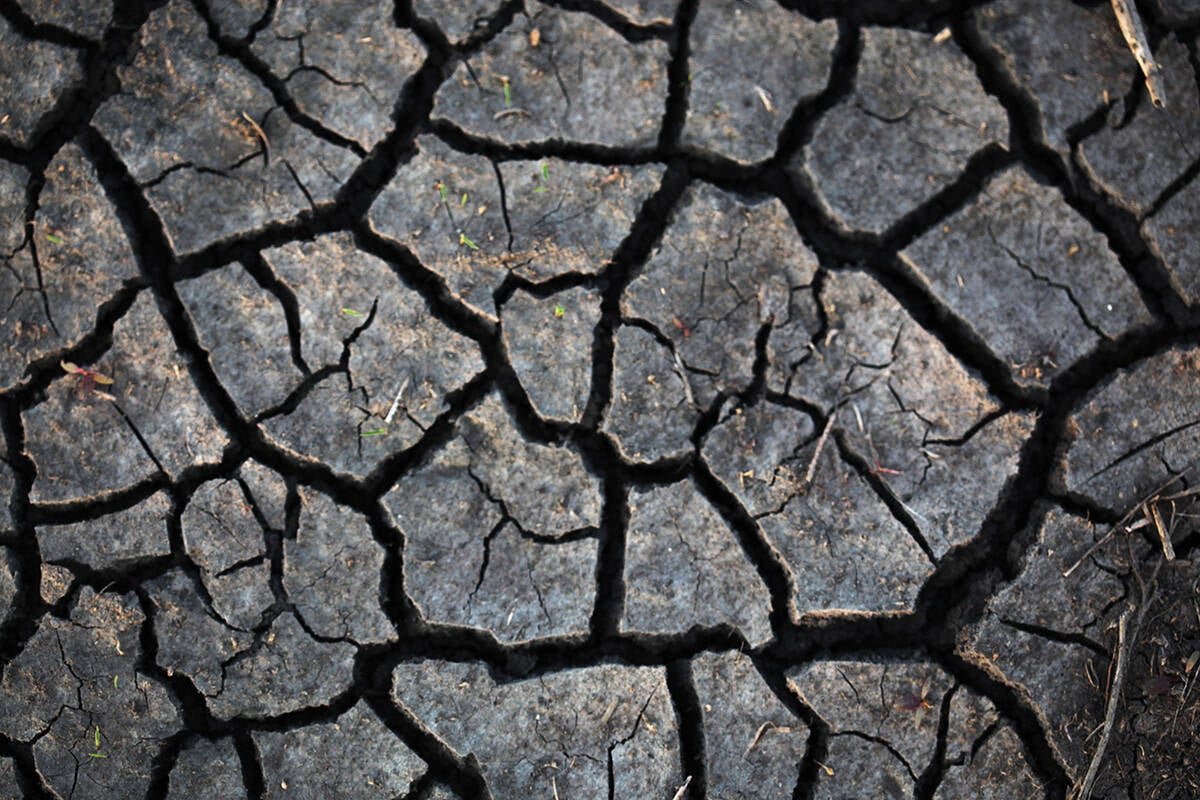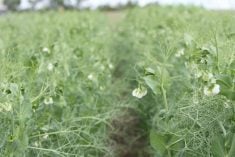One of the world’s leading wheat exporters is facing a second straight year of disappointment.
The Buenos Aires Cereals Exchange predicts Argentina’s growers will plant the smallest wheat crop since the exchange began recording data in 1910 due to the worst drought in 70 years.
The agency estimates farmers will sow 9.1 million acres of wheat, down 19 percent from last year’s plantings. One Buenos Aires-based analyst is forecasting as little as 7.4 million acres.
Argentina has traditionally been one of the world’s top five wheat-exporting nations. That changed last year when a severe drought cut production to 8.5 million tonnes in 2008 from 16.3 million tonnes the previous year.
Read Also

Prairies have variable soil moisture conditions
The dry weather in the west was welcome for preserving grain quality and advancing harvest, but it has resulted in very dry soil moisture conditions.
Exports are expected to shrink to 5.5 million tonnes in the 2008-09 marketing campaign, down from 10 million tonnes the previous year.
The International Grains Council in April forecasted a rebound to 13 million tonnes of production in 2009 but that was based on 12.4 million acres of plantings. If the forecast of a 9.1 million-acre crop proves accurate, the IGC’s production estimate would fall dramatically.
Argentina ships most of its excess wheat to Brazil, which typically imports around seven million tonnes of wheat annually. It also supplies other South American countries and some African countries.
Chris Ferris, Canadian Wheat Board market analyst for Latin America and the Caribbean, said Brazil tends to import a harder wheat and Canada produces that type of wheat.
“There should be opportunities for ourselves and the United States into Brazil,” he said.
Ferris was in Argentina in early February and got a first-hand look at the extent of the drought when he toured the province of Buenos Aires.
“You could just feel it was quite dry, the air and everything,” he said.
“The soybeans were about knee height. They were supposed to be at waist height when I was there.”
Gary Schmalshof, a delegate for the U.S. Grains Council, travelled across South America in January and said the extent of the drought in Argentina was astonishing even at that time.
“I find it hard to describe the severity of Argentina’s situation. When I was there, the corn was literally burnt with little to no hope of any resurrection despite last minute rainfall,” he said.
He visited Buenos Aires, Santé Fe, Cordoba and Entre Rios, which were all parched. In Entre Rios, water couldn’t be found within a metre of the soil’s surface.
“The ground in most of these regions was like concrete. Rock solid. We had a small plane that actually landed in the field. The plane didn’t make a dent in the ground at all,” he said.
Most of the people Ferris spoke to during his tour were forecasting at least 10 million acres of wheat but conditions have deteriorated since.
Stan Skrypetz, wheat market analyst with Agriculture Canada, said predicting acreage at this stage is a guessing game.
Wheat planting has just begun but it lasts a lot longer than it does in Canada.
“They can seed all the way into the beginning of July,” he said.
Skrypetz said a lot can change in that time, so it might be premature to draw too many conclusions about trade effects.
If things pan out the way it looks right now, there could be an interesting battleground in Brazil.
The International Grains Council is forecasting Brazil will produce 5.3 million tonnes of wheat in 2009, down from the six million tonnes harvested in 2008. Other reports are calling for more than six million tonnes of production due to an increase in plantings in Parana state.
Either way, the U.S. Wheat Associates believes there could be a significant marketing opportunity in Brazil if Argentina’s wheat crop shrinks.
“History indicates such a situation could prompt Argentina’s government to restrict exports to protect domestic supply, leaving significant demand – mainly in Brazil – to be filled by alternative origin wheat,” said the association in its May 4 Wheat Letter.















